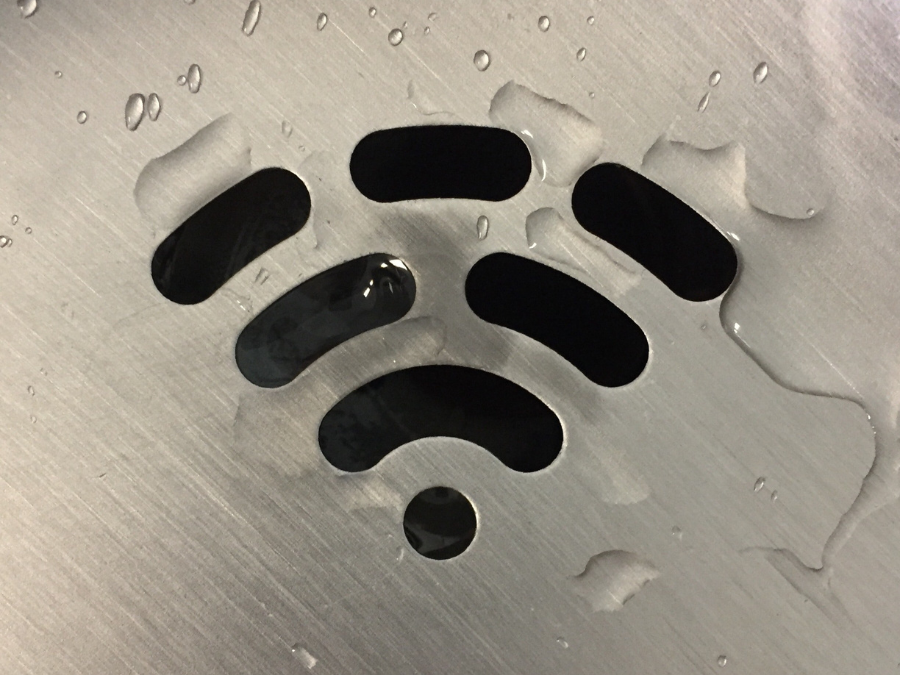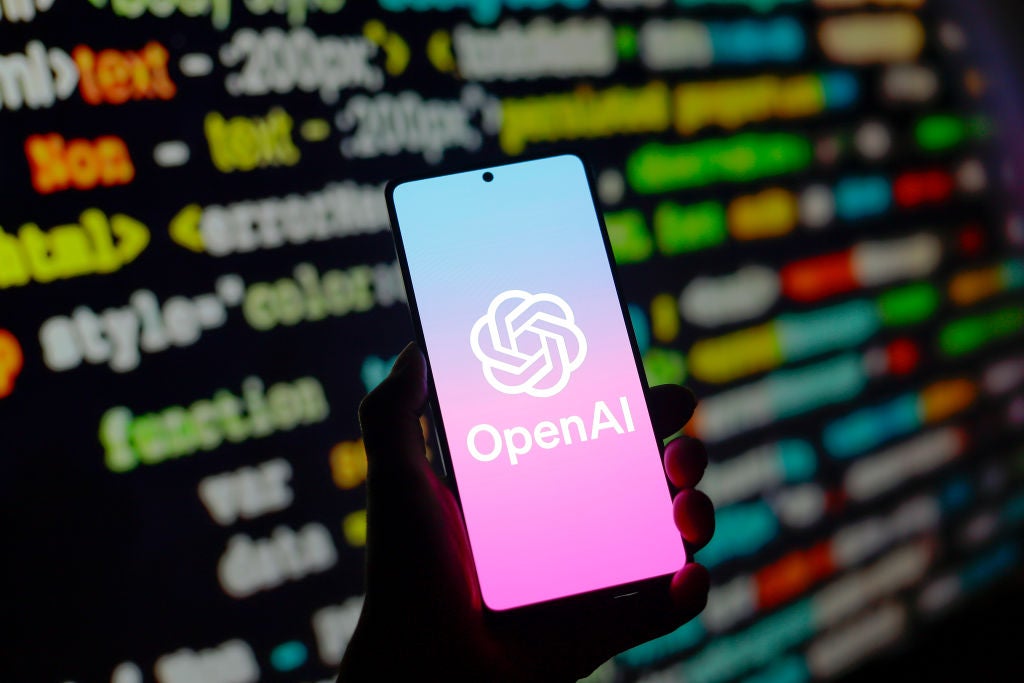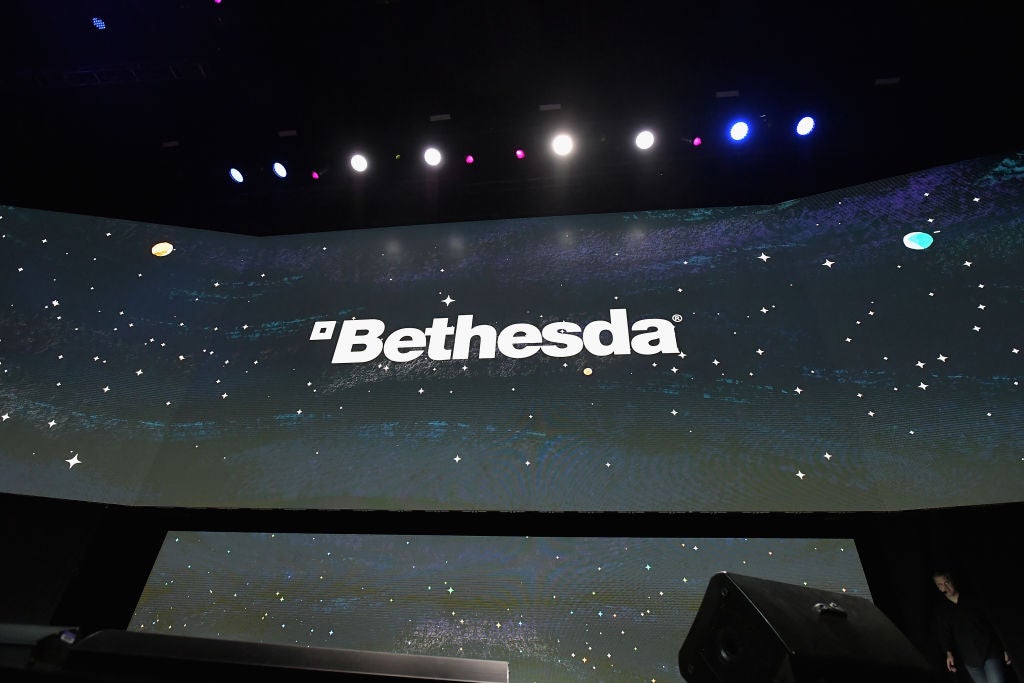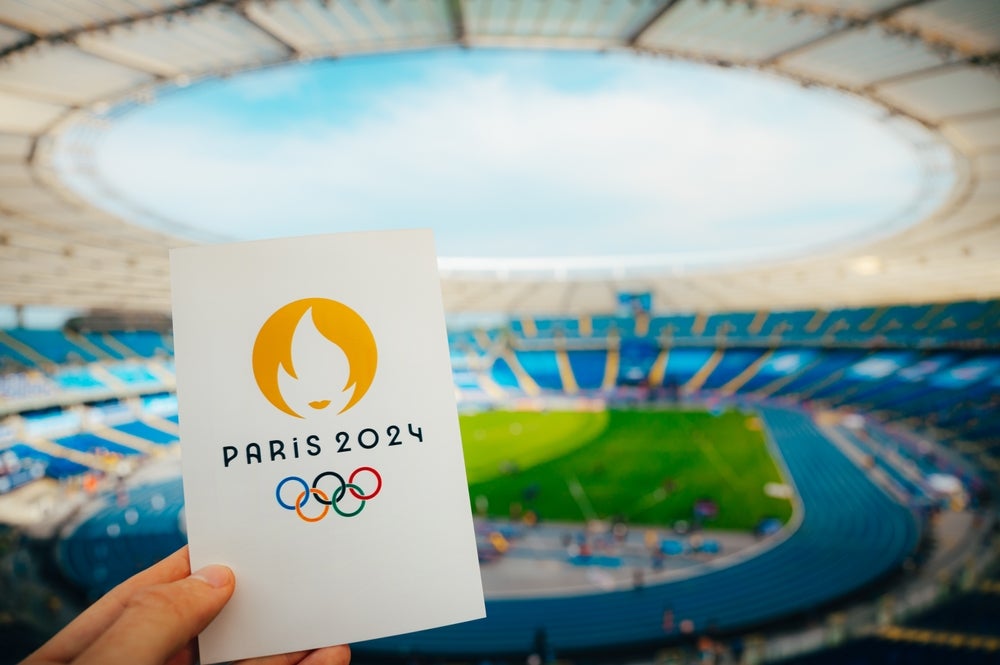
Over the past 20 years the value of data has skyrocketed as companies across all sectors look to leverage siloed data or create new streams to drive down costs and highlight inefficiencies.
The internet of things (IoT) is a catch-all term used to describe networks that consist of a number of electronic devices that are all connected and communicating to each through Wi-Fi, cellular networks or Bluetooth. At the forefront of data collection for IoT developments are smart devices. Often individually low cost, these array of sensors and cameras collect data and provide companies with a live picture of consumer purchasing behaviour. On the production side, the devices can monitor everything from internal cooker temperatures, to vehicle repair schedules or help track carbon emissions.
According to James Brand, software engineer at Intelligent Industries, IoT is a tool that can “provide valuable rich data” to organisations, enabling them to make use of the information to drive efficiencies, reduce costs and “understand themselves like never before”
“The days of suppliers providing end-to-end solutions that are effectively black boxes and where data is hard to consume elsewhere are coming to an end,” he adds.
However, the rollout of these smart networks can be time consuming and costly, leading some companies to see them as a daunting task to implement.
Henk Schwietert, CEO of IoT solution provider Evalan, which has worked with brewers such as Heineken, told Just Drinks that, “IoT is a solution or concept that requires quite a few different people with different expertise to work together.”
How well do you really know your competitors?
Access the most comprehensive Company Profiles on the market, powered by GlobalData. Save hours of research. Gain competitive edge.

Thank you!
Your download email will arrive shortly
Not ready to buy yet? Download a free sample
We are confident about the unique quality of our Company Profiles. However, we want you to make the most beneficial decision for your business, so we offer a free sample that you can download by submitting the below form
By GlobalData“There’re often sensors involved or equipment, there are devices that manage the communication, there’s firmware, there is knowledge about wireless, wired communication and cellular networks. There is cloud back-end system, there’s applications in the clouds, there is data processing, there’s user interactions and elements.”
“All of that together. Each of these individually are quite manageable, but all together, they form a complex project.”
How IoT is used in the beverage industry
Many companies in the food and beverage sector are often far removed from the end-consumer, so the ability to get live data on how and when customers are using products is highly beneficial. IoT systems offer ways to bring that data from afar in-house, where it can be analysed and actioned, or even mixed with other datasets the company already possesses.
In the drinks industry, one of the most common examples of public facing IoT rollouts is smart liquid dispensing units. These not only serve customers, but also generate valuable consumer data for their operators.
UK soft drinks producer Britvic has developed ‘The Flavour Tap,’ a smart dispensing system designed for retail, hospitality and workplaces. The tap can pour flavored sparkling or still drinks, but is also connected to the internet, sending data back to Britvic’s through the Amazon Web Services (AWS) platform.
‘Beyond the Bottle’ product director at Britvic Noel Dickson explains that the innovation can tell the company, “how many and what kinds of drinks are served,” as well as the providing it with the ability to remotely update recipes stored in the cloud. Using AWS, the IoT sensors on the tap’s flavour cartridges also help simplify operations and maintenance, sending out automatic alerts when a cartridge needs to be changed, or if the tap is experiencing problems.
One company that has had notable success with its IoT systems is the Costa Coffee chain, owned by The Coca-Cola Co. It created Costa Express, which has deployed over 10,000 self-service machines into workplaces, retail units and heavy traffic public areas.
The Costa Express dispenser is capable of producing standard caffeinated beverages, including iced drinks. It also acts as a connected data point for Costa that learns consumer behaviorism and provides insight into sales patterns. All the data is sent back through cellular networks and processed by Costa Coffee. Feedback relating to he machines stock levels and maintenance requirements is also beamed back to Costa, helping to keep system downtime to a minimum.
Costa Express systems & data director Paul Borrett said that the cellular network (supplied by IoT tech company Eseye), “provides a managed connectivity service with a global footprint”.
“This means that we can deploy connected devices and deliver premium quality drinks virtually anywhere in the world,” he adds. “This is a real advantage as the company is seeking to expand rapidly across international markets.”
Using IoT to hit ESG targets
Many companies are using IoT solutions to aid them in hitting their ESG targets – although it should be noted that the devices themselves often have in-built technology that consumes energy at a rate that will actually add to company’s net carbon emissions.
The green benefit of an IoT infrastructure lies within its ability to provide detailed insights and records. This data can be used to understand equipment and vehicle maintenance schedules, to ensure optimal performance and efficiency over longer periods of time. An efficient maintenance schedule can have a vast impact on a company’s carbon emissions as it reduces the labour and energy expended in repairs, not to mention the financial savings from replacing parts.
IoT projects can also be used to reduce emissions in sectors that rely heavily on refrigeration units, by providing constant feedback on temperature levels and thereby reducing the chance of malfunctions. The same is true for production lines and fermentation tanks. So while IoT devices themselves do reduce emissions, they can help beverage companies to implement more efficient practices, creating an environmental benefit in the process.
IoT projects are not without risk
Cybersecurity concerns are often the first consideration when it comes to the risk elements of IoT projects. Louise Bulman, GM of EMEA at cybersecurity firm Claroty, told Just Drinks that IoT devices were “highly vulnerable” to hacking due to the technology contained within them, and warned organisations need “full visibility” to understand the risk these devices pose, especially if they are out of date.
“These assets are often decades old and difficult (if not impossible) to patch, and thus highly vulnerable to the cyber threats… if not properly secured,” she says. “The situation is also exacerbated with some food and drink organisations not having effective vulnerability management strategies in place. A quarter of food and beverage organisations admitted that they only assess security flaws reactively or not at all.
“It’s no good trying to fix an IoT device’s vulnerabilities once they have already been exploited by cyber criminals, and it is even worse if there’s no attempt at all.”
To mitigate these risks, companies can segment IoT networks so they have limited connections to outside operators. Isolating the network can help stop a cyberattack in its tracks if one does occur.
A different kind of risk factor – and one that often causes IoT projects to fail – is fatigue, with many projects ending up being abandoned before the benefits of implementation can be felt.
“What you often see in companies is that a team gets charged to start this IoT innovation, they’re all full of energy, they expect, okay, in half a year, we’re going to start showing the first results,” says Schwietert. “Half a year becomes one and a half years, one and a half years becomes two years. When the results come in and show that the project was a success, the people who originally were championing it are no longer there. They’re already moved to other jobs, so there’s new people with new ideas and new agendas.”
IoT projects face three critical issues in getting off the ground. Firstly, the project never leaves the planning table, due to lack of interest or being badly pitched. Secondly, the technical complexity of the solution is not fully appreciated, and problems swamp the project, driving up costs and causing frustration. Lastly, companies lose interest in the project and don’t bring it to completion when it can providing insight and real benefits.
A properly thought-out approach to an IoT infrastructure can create huge opportunities for beverage companies – reducing costs, providing consumer insight and driving down carbon emissions. But getting a project off the ground requires patience, as well as a clear end-goal in sight.
What Monster’s alcohol U-turn means for the future of soft drink crossovers







